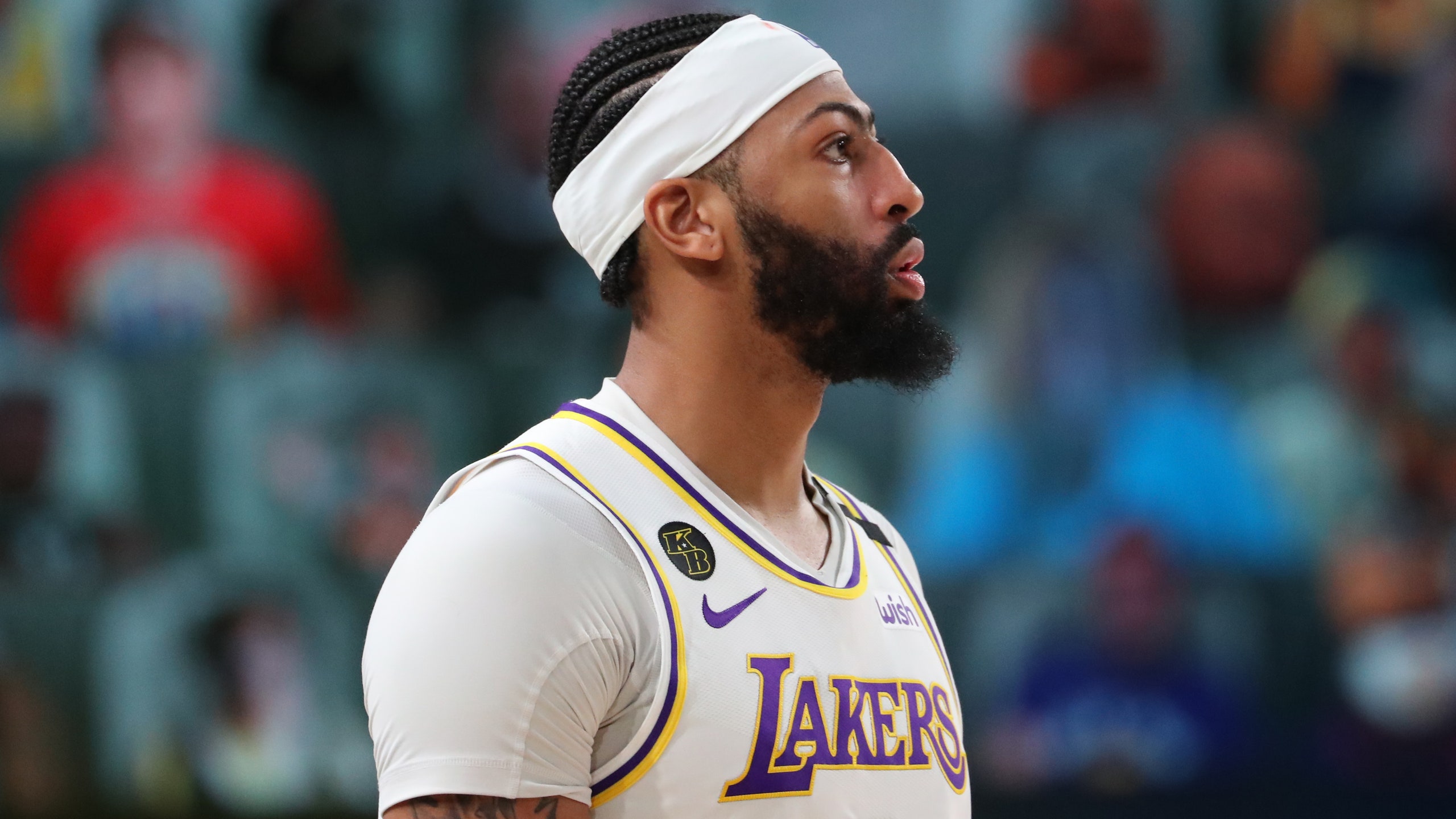Entering the 2019-2020 NBA season, the Los Angeles Lakers consisted of two great players and a disheveled supporting cast. Their preseason over/under came in several games below the Utah Jazz and Philadelphia 76ers, while data-fueled projection systems gave them almost no chance to win it all. Yes, they finally traded for Anthony Davis, but in doing so the Lakers gave up a treasure chest of assets and, after Kawhi Leonard spurned them to join the Los Angeles Clippers, any real depth.
Fast forward a year. Not only did a surprisingly cohesive Lakers team easily earn the number one seed in the Western Conference, they also rolled through the playoffs while major rivals wilted. Through the first two games in these Finals, they’re dominating an injury-riddled Miami Heat. There are a number of reasons for this—LeBron James’ VIP residency in the fountain of youth and coach Frank Vogel’s defensive wit included—but the number one factor, and the reason they look set to contend for titles the foreseeable future, is simple: Anthony Davis.
Today’s small-ball NBA was not programmed for centers to thrive. The post-up has gone the way of the DVD. Offensive rebounds belong in a bygone era. Speed is good and threes are gold. There’s no one reason for this evolution, but the Warriors’ ascent captures some of the big ones. For the past five years, most contenders have tried to build themselves in Golden State’s image. Doing so required explosive, perimeter-oriented offense and rangy defenders; interchangeable skill-sets without any fixed position.
So what happens when a center becomes the best player in the world at the exact same time a majority of the league has decided his position is obsolete? The answer is Superman moving to a planet that just destroyed all of its Kryptonite. And Davis is Superman. Nevermore than in Game 2 of the Finals, when he scored 32 points, grabbed 14 rebounds, and only missed five of his 20 shots.
It’s not that Davis wouldn’t crush whatever stood in his path in any era, but as the 27-year-old mows through playoff frontcourts constructed to corral three-point shooters and switch onto score-first wings, absolutely nothing can be done to slow him down. The 7-time All-Star capitalizes on small-ball’s blindspots while being immune to the typical advantages it gives perimeter-oriented weapons: he can play at any tempo, inside or out, on both sides of the ball (Davis could have easily won Defensive Player of the Year, and eventually will.) He makes the strategy look rusted and hollow.
The Lakers were slightly better during the regular season when LeBron James didn’t have Davis by his side, and they collapsed when Davis played without LeBron. Not in these playoffs.
Right now Davis is a playoff-leading +168, and Denver’s Jamal Murray, who played 175 more minutes than Davis, is the only player with more points. The Lakers fall apart on both ends when he’s not in the game. Davis has supreme confidence in his jumper and the footwork, handle, and patience to shred any one-on-one matchup in space. He also remains the game’s most devastating lob threat.
But at the end of the day, his elevation boils down to the simple fact that he’s pretty much always bigger than everybody else, while also having the athletic grace of a lean wing. His shoulders are broader. His arms are longer and reach higher. There’s no impeding him in the post, and if you have someone on your team who can, they probably aren’t comfortable contesting his shots on the perimeter. Right now there’s maybe two humans alive who check off those boxes—and one of them, the Heat’s Bam Adebeyo, missed Game 2 of the finals with a shoulder injury.
